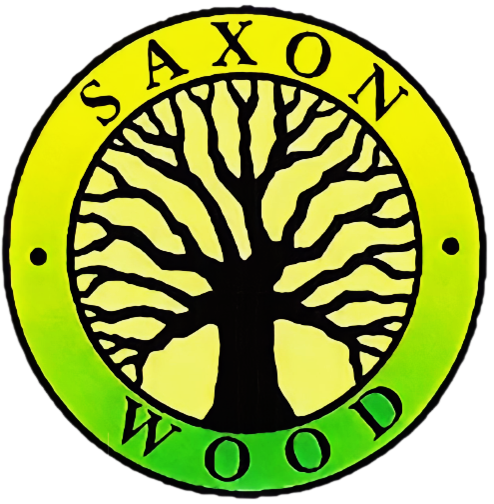Numeracy
At Saxon Wood School we believe that the knowledge, understanding and skills developed in Numeracy is essential for our pupils both now and in the future. We hope to develop our pupils' knowledge of number and problem solving so they can use their numerical skills to be as independent as they possibly can.
Numeracy is taught through a variety of mediums where we utilise whole class teaching as well as small group work. Teaching is relevant to the children on their individual pathways.
Number is taught continuously in all classes to develop awareness of numerals and understanding of quantity; pupils may move on to addition/subtraction and using numbers in other ways as and when they are ready - we want the pupils at Saxon Wood School to have numeracy skills that are functional for life.
Some of the other numeracy areas that may be covered when applicable for the pupils include:
- Colour
- Shapes
- Sorting & Matching
- Pattern
- Time
- Comparative Measures
- Data Handling
Children on all pathways learn inside the classroom through song, play, using interactive software, multisensory explorations and conceptual investigations and also outside the classroom by; utilising the outdoor spaces, having hands-on practical experiences, using multisensory resources and in cross-curricular lessons such as P.E, Music and Cookery.
We believe in creating opportunities for children to use mathematical knowledge in real life situations, through such events as our school shop and on our educational visits on in minibuses. We see the importance of hands-on experiences for children in order to teach concepts and, most notably, life skills for the future outside of Saxon Wood School.
Concrete, Pictorial, Abstract (CPA)
For learners of the EYFS, Enquiry and Discovery pathways, children are introduced to the processes of calculation by building a sequence following a CPA approach. The CPA approach stands for Concrete - Pictorial – Abstract. This means that throughout school, we see children using concrete equipment and pictures to support their understanding of more abstract concepts.
Over time, children learn how to use models and images, such as Dienes, place value counters, bar models and ten frames, to support their mental and informal written methods of calculation. As children’s mental methods are strengthened and refined, so too are their informal-written methods. These methods have become more efficient and succinct and lead to efficient written methods that can be used more generally.


